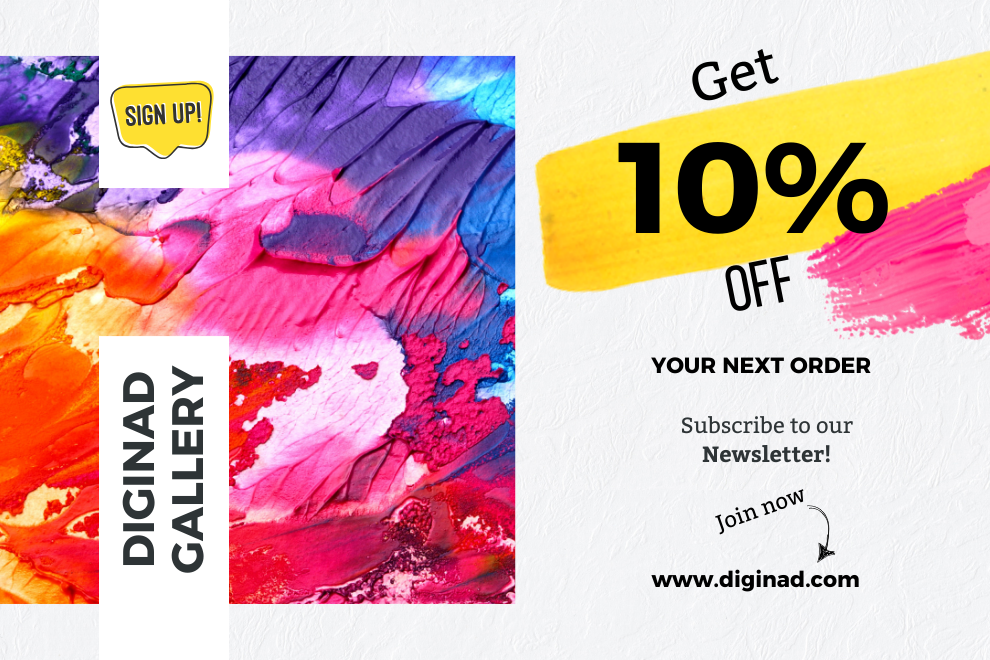How to Build a Strong Portfolio as a Digital Artist

A well-crafted portfolio is essential for digital artists
A well-crafted portfolio is essential for digital artists looking to attract clients, gain recognition, and showcase their unique style. Whether you’re a freelancer, a concept artist, or an illustrator, your portfolio acts as your visual resume. Here are some essential tips to help you build a standout portfolio and establish your personal brand.
1. Define Your Niche and Style
Before assembling your portfolio, identify your artistic niche. Are you a character designer, concept artist, or motion graphics expert? Understanding your strengths helps in curating a focused and compelling collection of works.
2. Select Your Best Work
Quality over quantity is key. Choose only your best and most relevant pieces—work that demonstrates your skills, creativity, and versatility. If you specialize in multiple styles, ensure each is represented without overwhelming the viewer.
3. Organize Your Portfolio Strategically
Structure your portfolio in a way that tells a story. Categorize artworks by type (illustrations, animations, 3D renders) or industry relevance (game art, advertising, personal projects). A clean, easy-to-navigate layout ensures a seamless viewing experience.
4. Create a Personal Brand
Your portfolio should reflect your identity as an artist. This includes a unique logo, a professional artist statement, and a consistent visual theme across all platforms. Branding helps create a memorable impression on potential clients or collaborators.
5. Optimize for Online Platforms
In the digital era, having an online presence is crucial. Platforms like DIGINAD provide an excellent marketplace for showcasing your digital art to a global audience. Other great options include Behance, ArtStation, and Instagram. Ensure your portfolio is accessible and optimized for both desktop and mobile viewing.
6. Include Case Studies or Work Process
Clients appreciate seeing how an artwork was created. Adding process shots, breakdowns, or time-lapse videos can highlight your workflow and creative thought process, making your portfolio more engaging.
7. Keep Your Portfolio Updated
Regularly refresh your portfolio with new and improved work. Remove outdated pieces that no longer represent your current skill level. This ensures potential clients always see your best and most relevant work.
8. Showcase Testimonials and Collaborations
If you’ve worked with brands, clients, or collaborated on projects, showcase testimonials or logos of companies you’ve partnered with. This adds credibility and social proof to your portfolio.
9. Provide Contact Information and a Call to Action
Ensure your portfolio includes a clear way for clients to reach you. A well-placed “Contact Me” button, links to social media, and an engaging call to action can increase inquiries and opportunities.
10. Leverage DIGINAD to Gain Global Exposure
DIGINAD is a premier platform that connects Pakistani digital artists with buyers worldwide. By showcasing your work on DIGINAD, you gain visibility in international markets like Dubai, the USA, the UK, and France. Optimize your profile, engage with the community, and make the most of this opportunity to grow your art business.
Conclusion
Building a strong portfolio is an ongoing process that requires thoughtful curation, branding, and strategic showcasing. By applying these tips and utilizing platforms like DIGINAD, you can effectively present your skills to the world and establish yourself as a professional digital artist.
Start creating, refining, and sharing your portfolio today—your next big opportunity is just around the corner!
#art #artist #digitalart #diginad









